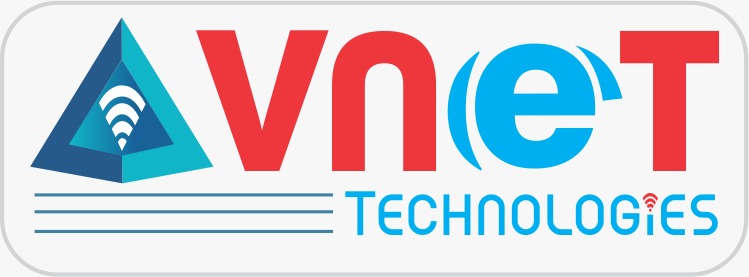
Building a strong data science portfolio is essential for showcasing your skills and standing out in the competitive job market. Whether you’re a beginner or an experienced professional, working on diverse projects can help demonstrate your expertise in data analysis, machine learning, and AI. Here are some of the best data science projects you can add to your portfolio.
- Exploratory Data Analysis (EDA) on a Real-World Dataset
EDA is a crucial step in data science, helping to uncover insights, detect patterns, and identify anomalies. Choose a publicly available dataset (e.g., Kaggle, UCI Machine Learning Repository) and perform:
- Data cleaning and preprocessing
- Statistical analysis
- Visualization using Matplotlib and Seaborn
Tools Used: Python, Pandas, NumPy, Matplotlib, Seaborn
- Predictive Analytics with Machine Learning
Predicting outcomes based on historical data is a key application of machine learning. Select a dataset and implement different predictive models such as:
- Linear Regression for sales forecasting
- Logistic Regression for customer churn prediction
- Decision Trees and Random Forest for classification tasks
Tools Used: Scikit-learn, TensorFlow, XGBoost
- Sentiment Analysis Using NLP
Sentiment analysis is widely used in business and marketing. Using Natural Language Processing (NLP), analyze customer reviews, tweets, or product feedback to determine sentiment (positive, negative, or neutral).
Steps:
- Preprocess text data (tokenization, stop-word removal, lemmatization)
- Use TF-IDF or word embeddings for feature extraction
- Train a model (Naïve Bayes, LSTM, or BERT)
Tools Used: NLTK, SpaCy, Scikit-learn, TensorFlow
- Recommender System for Personalized Suggestions
Recommendation systems are used in streaming platforms, e-commerce, and online learning. Build a recommender system using:
- Collaborative Filtering: Recommends items based on user behavior
- Content-Based Filtering: Recommends items based on item attributes
- Hybrid Model: Combines both approaches
Tools Used: Python, Scikit-learn, Surprise, TensorFlow
- Time Series Forecasting
Time series analysis is used in financial markets, weather prediction, and demand forecasting. Choose a dataset like stock prices or energy consumption and apply:
- ARIMA or SARIMA for statistical forecasting
- LSTMs or Prophet for deep learning-based predictions
Tools Used: Statsmodels, Facebook Prophet, TensorFlow
- Image Classification with Deep Learning
Image classification is a fundamental deep learning application. Train a Convolutional Neural Network (CNN) on datasets like MNIST (handwritten digits) or CIFAR-10 (object classification).
Steps:
- Preprocess and augment image data
- Build a CNN using TensorFlow/Keras
- Train and evaluate the model
Tools Used: TensorFlow, Keras, OpenCV
- Fraud Detection in Financial Transactions
Fraud detection is a critical application of data science in banking and finance. Build a classification model to detect fraudulent transactions using:
- Data balancing techniques (SMOTE)
- Feature engineering
- Anomaly detection models
Tools Used: Python, Scikit-learn, XGBoost
- A/B Testing for Business Decision Making
A/B testing helps companies optimize products and marketing strategies. Analyze user behavior on different website versions and determine statistically significant improvements.
Steps:
- Define control and test groups
- Perform hypothesis testing (T-test, Chi-square test)
- Interpret results using statistical significance
Tools Used: Python, SciPy, Statsmodels
- Web Scraping for Data Collection
If you need custom datasets, web scraping is a valuable skill. Use web scraping to extract information from websites like e-commerce platforms, job listings, or news articles.
Tools Used: BeautifulSoup, Scrapy, Selenium
- AI Chatbot Using NLP
Developing an AI-powered chatbot can showcase your NLP and AI skills. Build a chatbot that can understand and respond to user queries.
Steps:
- Preprocess conversational data
- Use NLP models like Rasa or Transformers
- Deploy on a web application
Tools Used: Python, TensorFlow, Rasa, Flask
Conclusion
Adding these projects to your portfolio will demonstrate your technical proficiency and problem-solving skills in data science. Whether you’re applying for a job or advancing in your career, showcasing real-world projects will help you stand out. Start small, expand your knowledge, and refine your projects to make them impactful!
